Rounding Study Guide
1. Understanding Place Value
Before we can round numbers, it's important to understand place value. Each digit in a number has a specific value based on its position.
2. Rounding to the Nearest 10
Rounding to the nearest 10 involves looking at the digit in the ones place and rounding based on the digit in the tens place.
Example: 36 rounded to the nearest 10 is 40 because the digit in the ones place is 6, which is 5 or greater.
3. Rounding to the Nearest 100
Rounding to the nearest 100 involves looking at the digit in the tens place and rounding based on the digit in the hundreds place.
Example: 347 rounded to the nearest 100 is 300 because the digit in the tens place is 4, which is 5 or greater.
4. Rounding to the Nearest 1000
Rounding to the nearest 1000 involves looking at the digit in the hundreds place and rounding based on the digit in the thousands place.
Example: 4,589 rounded to the nearest 1000 is 5,000 because the digit in the hundreds place is 5, which is 5 or greater.
5. Real-World Applications
.
◂Math Worksheets and Study Guides Third Grade. Solids and Faces
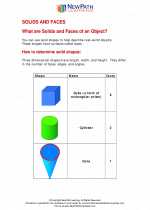
 Worksheet/Answer key
Worksheet/Answer key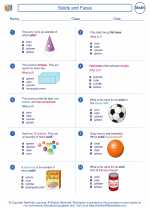
 Worksheet/Answer key
Worksheet/Answer key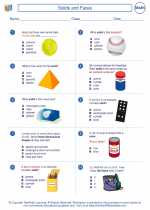
 Worksheet/Answer key
Worksheet/Answer key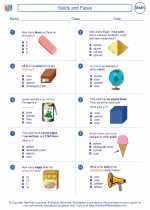
 Worksheet/Answer key
Worksheet/Answer key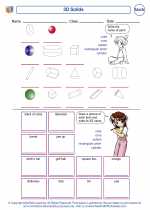
 Worksheet/Answer key
Worksheet/Answer key
